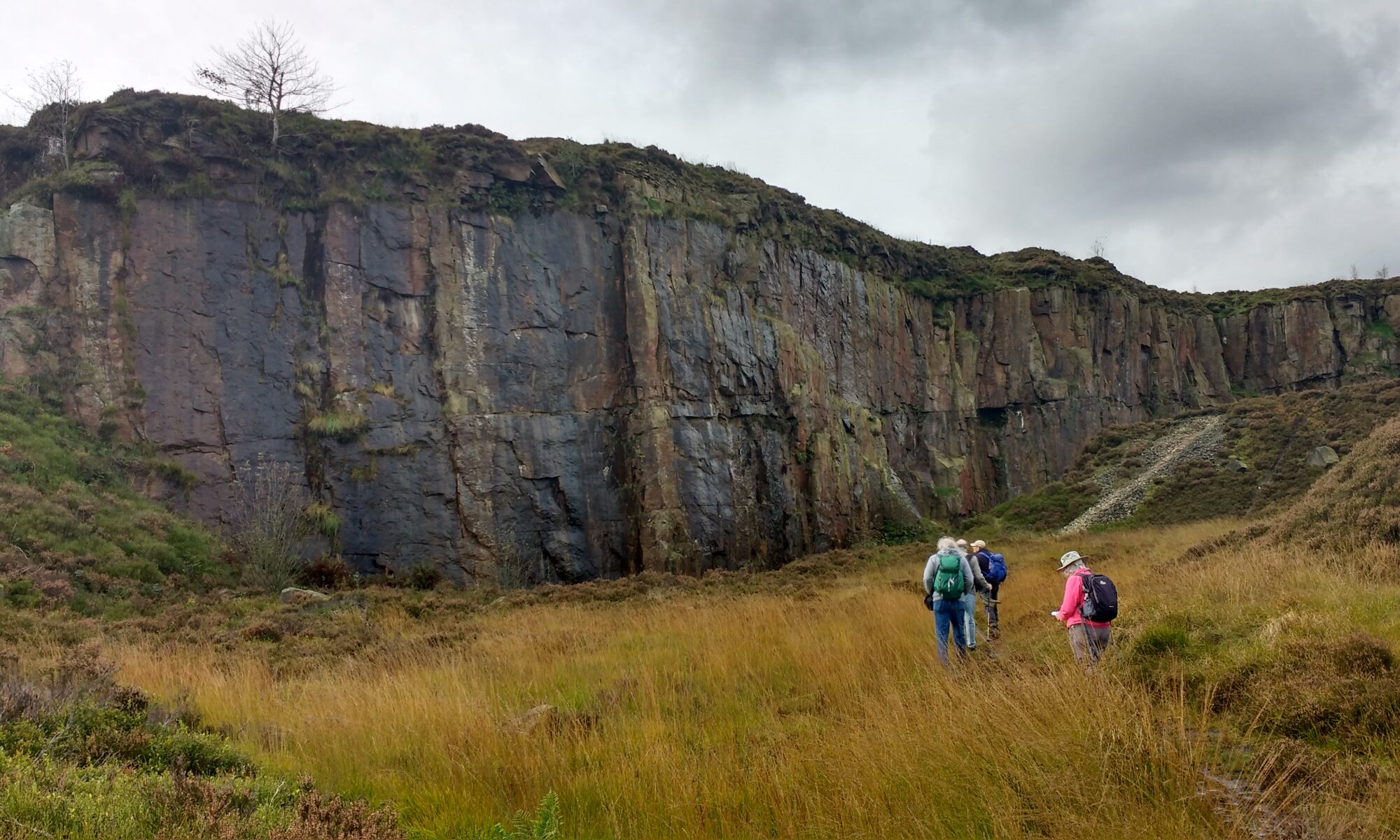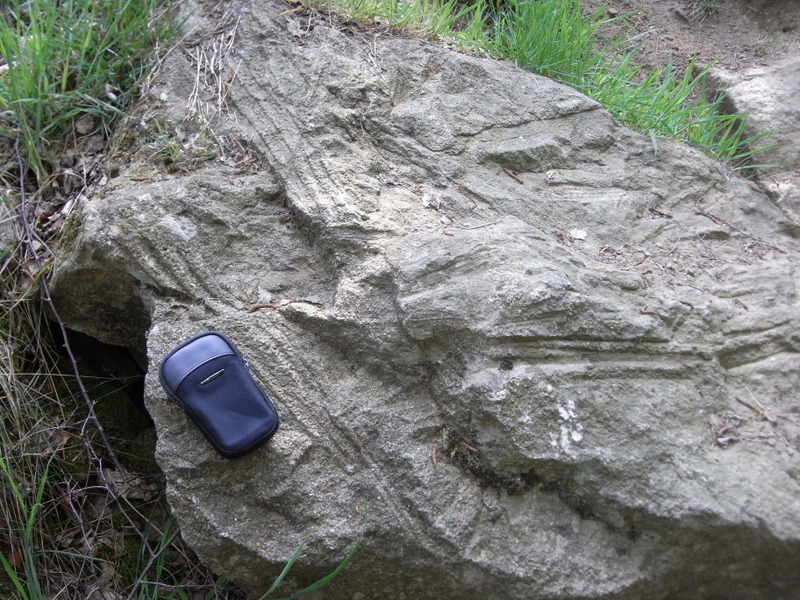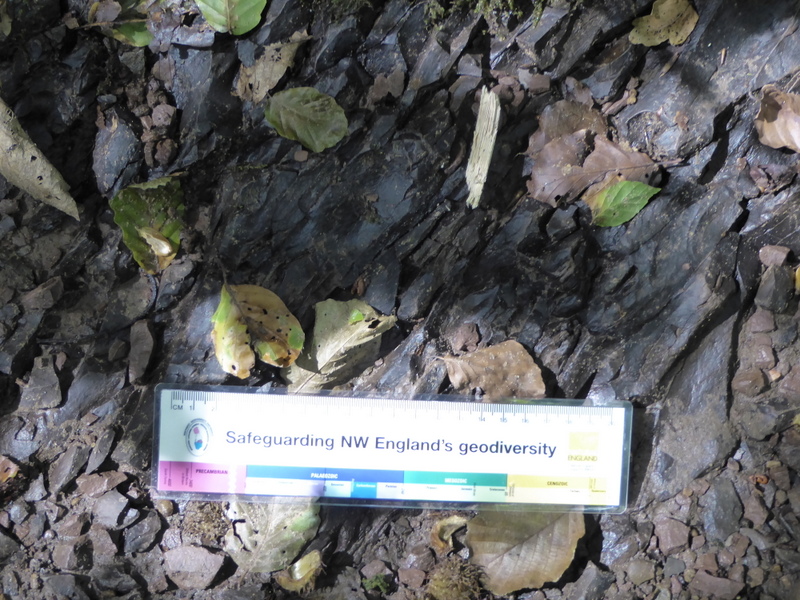RIGS are regionally important geological sites, also known as Local Geodiversity Sites (LGS) in other parts of the UK. Much of our geological knowledge has come from the study of exposed rock faces and the fossil remains found in the rock layers. Such sites are a vital part of our historical heritage. Sadly, many are being lost through neglect or vandalism, necessitating an active geo-conservation policy to protect them for the benefit of future generations.
The RIGS system is designed to establish and highlight to planners, landowners and site managers where areas of high geodiversity interest occur so that appropriate decisions on planning applications and land management can be made.
The main RIGS criteria used to assess a site are:
- educational value for study by professional and amateur geologists and continued lifelong learning
- historical value in terms of Earth science knowledge, events or human exploitation
- aesthetic value of the site within the landscape in promoting public awareness and appreciation of the natural environment
- ease and safety of access.
When a site is evaluated to be designated as a RIGS, a report is submitted to the relevant local authority for approval and then the site is added to their planning database. If at some later date a development is planned for that area, the value of the RIGS criteria will be considered by the planners when making their decisions.
RIGS do not have the same statutary protection as Sites of Significant Scientific Importance (SSSI) which have a countrywide significance.




